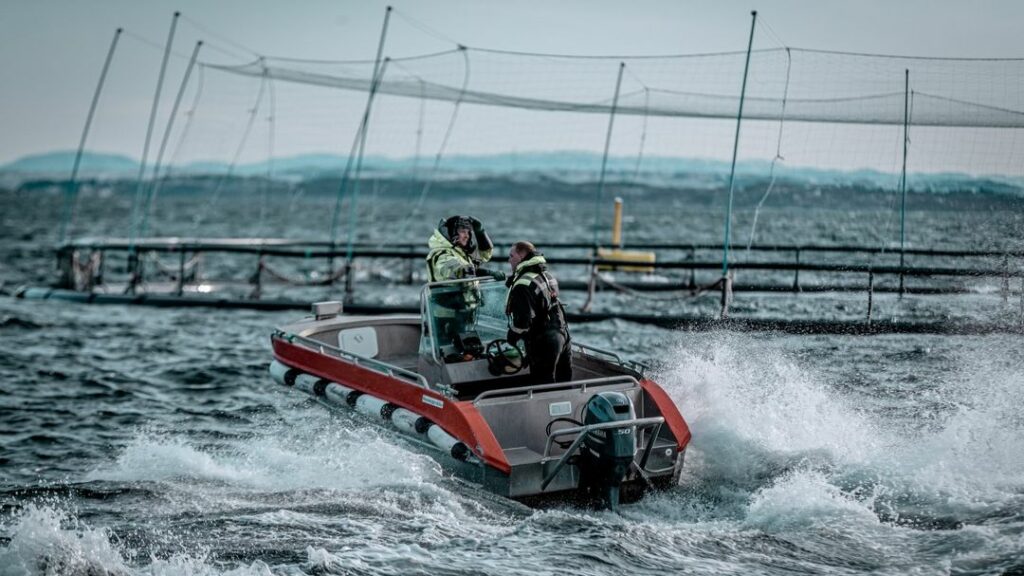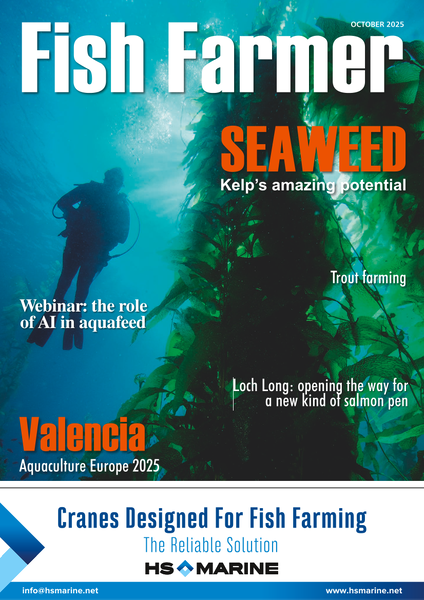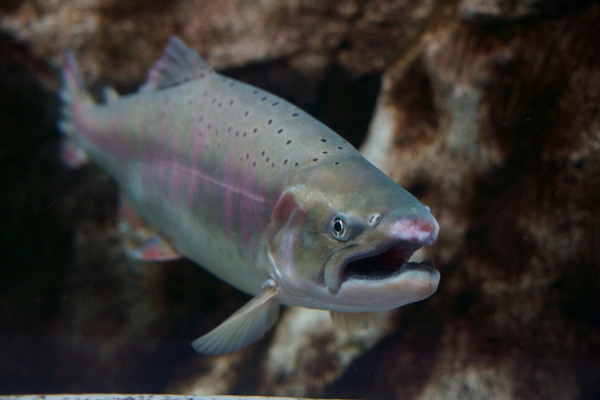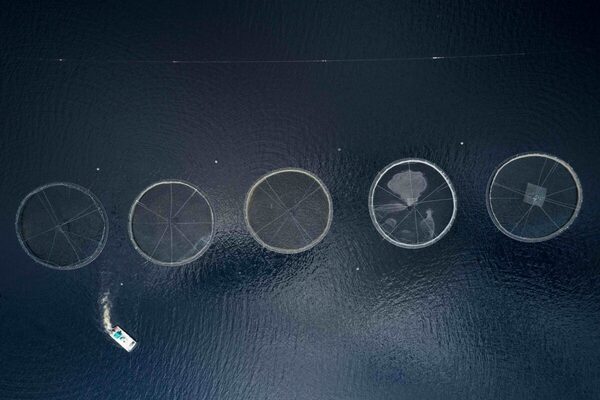Salmon price falls hit producers’ financial results
The Måsøval group, one of Norway’s oldest major salmon farming companies, today unveiled second quarter revenues of NOK 869 million (£63.9m).

Masoval boat at fish farm
Farm Technician (Colonsay) - Mowi Scotland
Argyll & Bute£28,258 to £31,648 per annum
Marine Operative (2 weeks on/off) - Bakkafrost Scotland Limited
Portree£34,576.30 per annum
Farm Technician (Tervine) - Mowi Scotland
Argyll & Bute£28,258 to £31,648 per annum
Farm Technician (Braevallich) - Mowi Scotland
Argyll & Bute£28,258 to £31,648 per annum
Reporting Production Controller - Mowi Scotland
RosythSalary On Application




